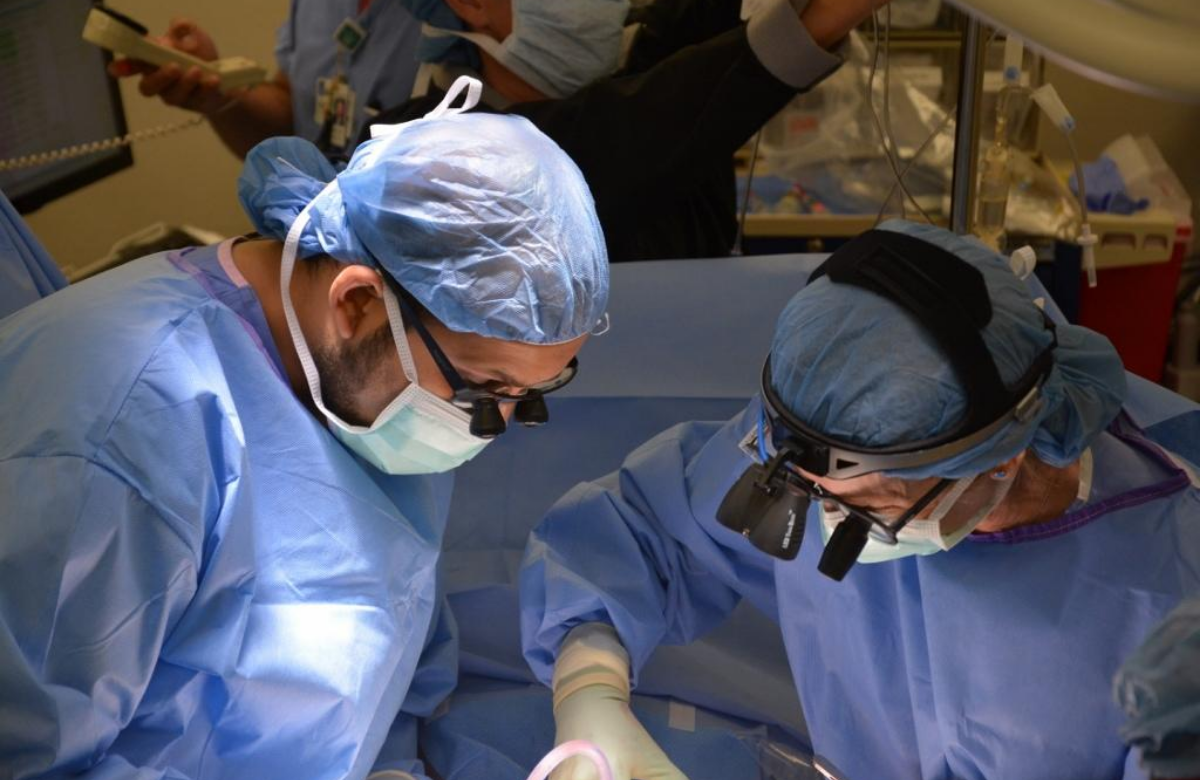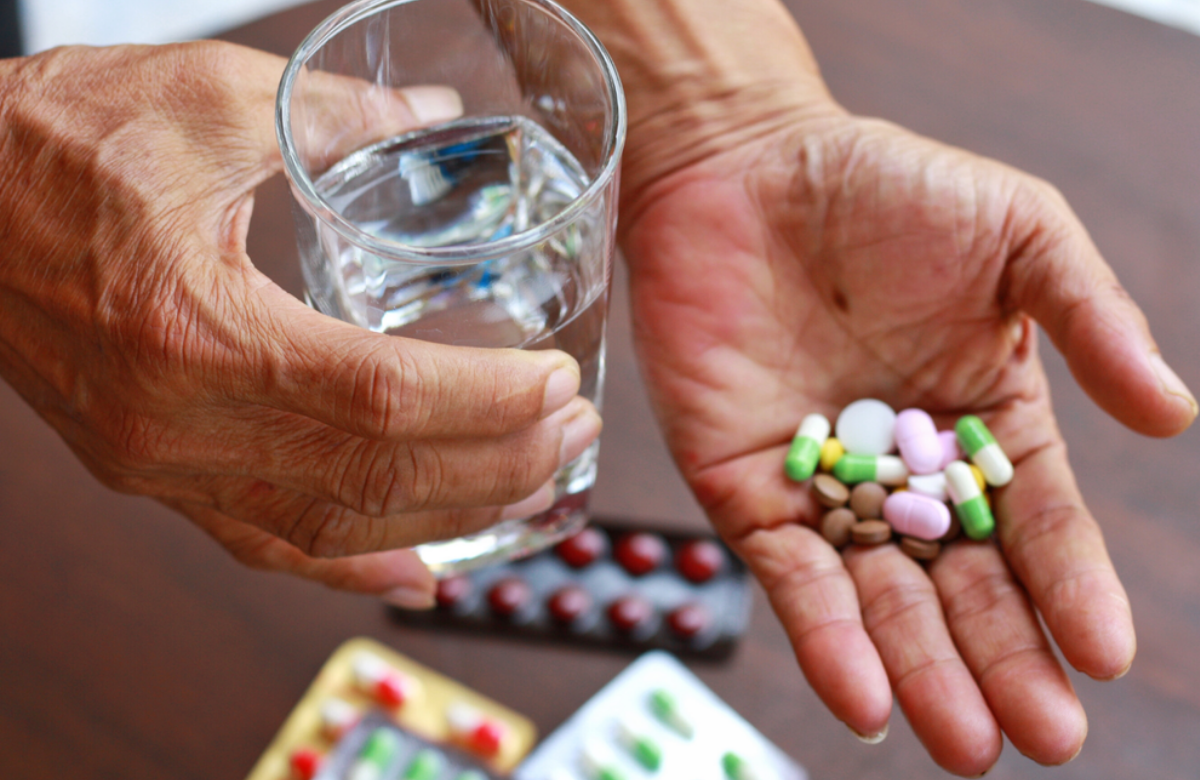Condomless anal sex can transmit hepatitis C

A study from the USA has recommended that hepatitis C prevention education needs to include the potential risk of condomless anal sex for gay and bisexual men.
In the past, hepatitis C has been found in semen and anal fluid but there has been uncertainty about how often transmission is due to these fluids. It had been suggested that the infection risk from hepatitis C was mostly due to exposure to blood – from anal damage causing bleeding during sex – or injecting drugs. However, this study has concluded that contact with semen and anal fluid is sufficient for hepatitis C to be passed on.
The study followed eight men living with HIV, each of whom had contracted hepatitis C. In total, ten hepatitis C infections were detected, as two men were infected twice. Each of the participants was interviewed regarding their sexual practices. They had all had condomless anal sex in the three months before their hepatitis C diagnosis but nobody reported any anal bleeding and only one person had shared needles to inject methamphetamine. One participant's only identifiable risk was anal sex as the insertive partner (‘top’).
Unlike other behavioural studies, the researchers also used DNA gene analysis to confirm their findings. HIV studies have shown that when there is damage to the anus or when transmission is due to injecting drugs, lots of different types of viral DNA genes will be found. Assuming this is also true for the hepatitis C virus, the researchers looked at how many hepatitis C DNA genes were present in each infection. In eight out of ten infections, they found very similar DNA genes, suggesting that transmission was due to semen or anal fluid rather than anal damage or drug injection.
aidsmapCHAT

Last week, we broadcast a new episode of aidsmapCHAT. Joining NAM's Susan Cole and Matthew Hodson were: writer, activist and founder of POZ magazine, Sean Strub and HIV clinician and President of the European AIDS Clinical Society, Professor Jürgen Rockstroh.
You can catch up with it on aidsmap’s Twitter, Facebook and YouTube pages.
We'll be back again next week, on Thursday 3 September, for a new episode. Join us on Facebook and Twitter at 6pm (UK time).
HIV-positive kidney transplants safe

The kidneys of deceased HIV-positive donors can be safely transplanted into people living with HIV who have end-stage kidney disease, American research shows.
The study involved 25 people with HIV who received a kidney from an HIV-positive donor and 50 whose donor did not have HIV. Outcomes were good in both groups.
Around a year and a half after transplantation, all patients were still alive and the transplanted organ was working for nine out of ten people in both groups. There were no differences in the rates of infections, serious side effects or HIV-related complications, which were rare.
As people with advanced kidney disease sometimes need to wait months or years before a suitable donated kidney becomes available, greater use of organs from HIV-positive donors could reduce delays for other people living with HIV.
Drug interactions are becoming less common

A drug interaction is when one medicine affects how another medicine works. For example, taken together, one medicine may increase the side effects of another medicine, or make it less effective.
When a new medicine is prescribed, the doctor or pharmacist should check that there won’t be any drug interactions with other medicines that you are already taking – including those prescribed by another doctor, over-the-counter medicines, herbal treatments and recreational drugs. So it is important that anyone prescribing or dispensing medication knows about all other medicines and drugs that you are taking.
As HIV treatments have improved, doctors have tried to use drugs which are less likely to have interactions with other medications. In particular, anti-HIV drugs known as integrase inhibitors have become more widely used and these have very few interactions. They include dolutegravir (Tivicay, also included in the combination tablets Juluca, Triumeq and Dovato); raltegravir (Isentress); elvitegravir (in the combination tablets Genvoya and Stribild); and bictegravir (in the combination tablet Biktarvy).
The introduction of integrase inhibitors has led to a reduction in the prevalence of potential drug-drug interactions among people with HIV in Switzerland, researchers say. In 2008, 40% of Swiss patients had potential drug interactions, falling to 29% in 2018. This fall happened although Swiss people living with HIV are getting older and needing to take more medications for other health conditions.
Nonetheless, almost a third of the people in the survey had potential interactions. Many of the most dangerous interactions were with corticosteroids, often prescribed by a non-HIV specialist. Also known as steroids, these anti-inflammatory medicines may be prescribed for a wide range of conditions and can come in the form of tablets, inhalers, injections or creams.
It’s a good idea to regularly ask your HIV doctor or pharmacist – or another pharmacist – to check your list of medications for any interactions. You can also use the University of Liverpool’s online tool.
New personal finance pages

We’ve recently published eight new pages on personal finance for people living with HIV. These include pages on different types of insurance (health, life, accident and critical illness), and information on mortgages and income protection.
Editors' picks from other sources
How an HIV long-term survivor sued an NYC cosmetic surgeon for refusal of service – and won | TheBody
"We sent a clear message that no doctor in this country can turn someone away for a procedure just because they have HIV,” said Mark Milano.
New insights into elite control of HIV and a possible case of virus clearance | TAG
The study results offer potentially important clues about how HIV may be cured in some circumstances, but unfortunately do not directly help design interventions that might produce similar outcomes in the majority of people living with the virus (who are not elite controllers).
As a refugee to Canada, I had to take an HIV test that made me contemplate my future | TheBody
What happens when you're a refugee faced with a difficult choice: work under the table for less money, or face hurdles in the job market that could crop up with an HIV diagnosis.
Young long-term survivors: still here, still facing the challenges | POZ
In the 1980s and 90s, untold US infants and children with HIV died of AIDS. When effective HIV medications became available, thousands survived, thanks to a heroic effort to create paediatric HIV regimens and to provide services for physical and mental health. But that’s not the full story.
